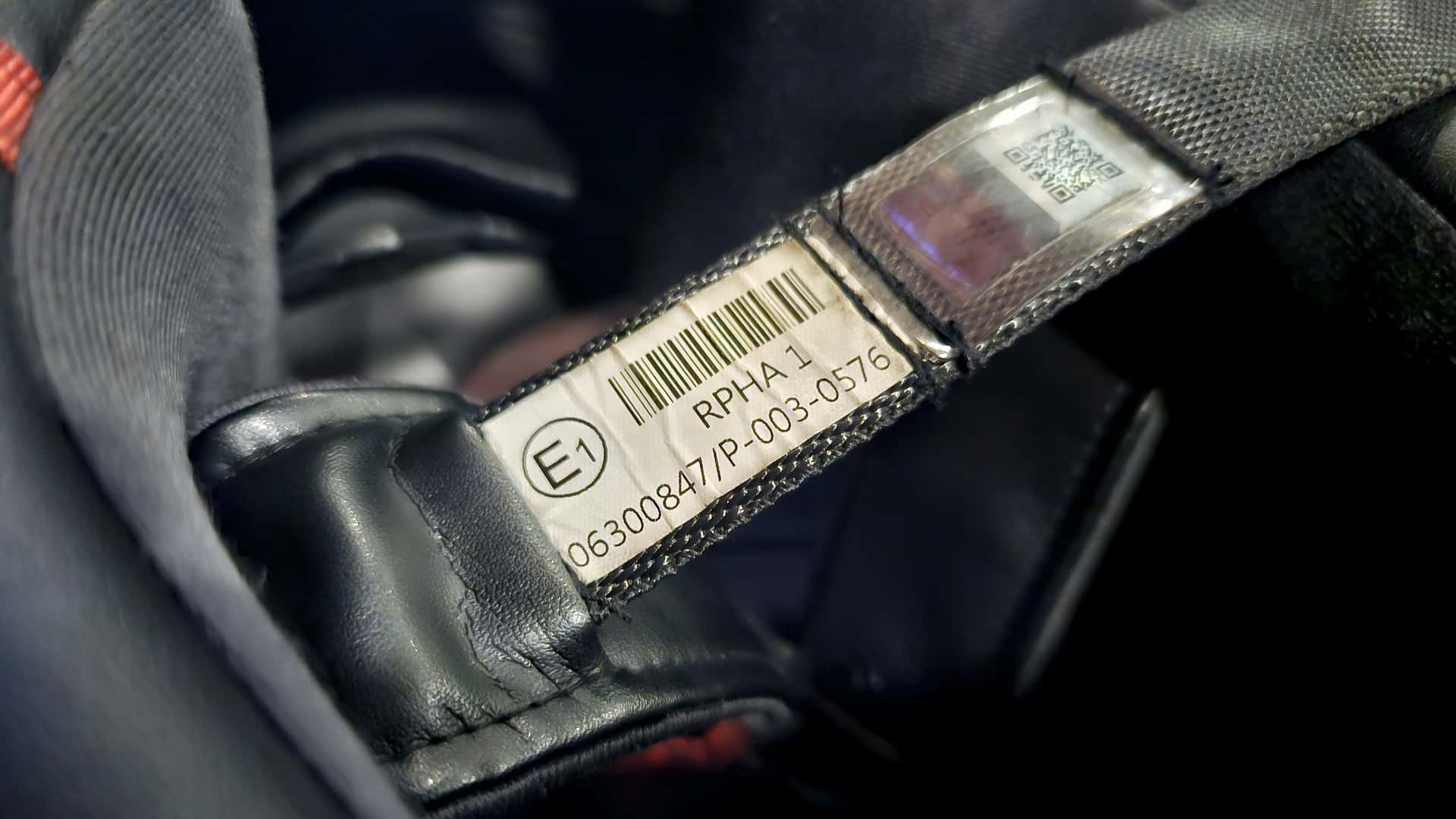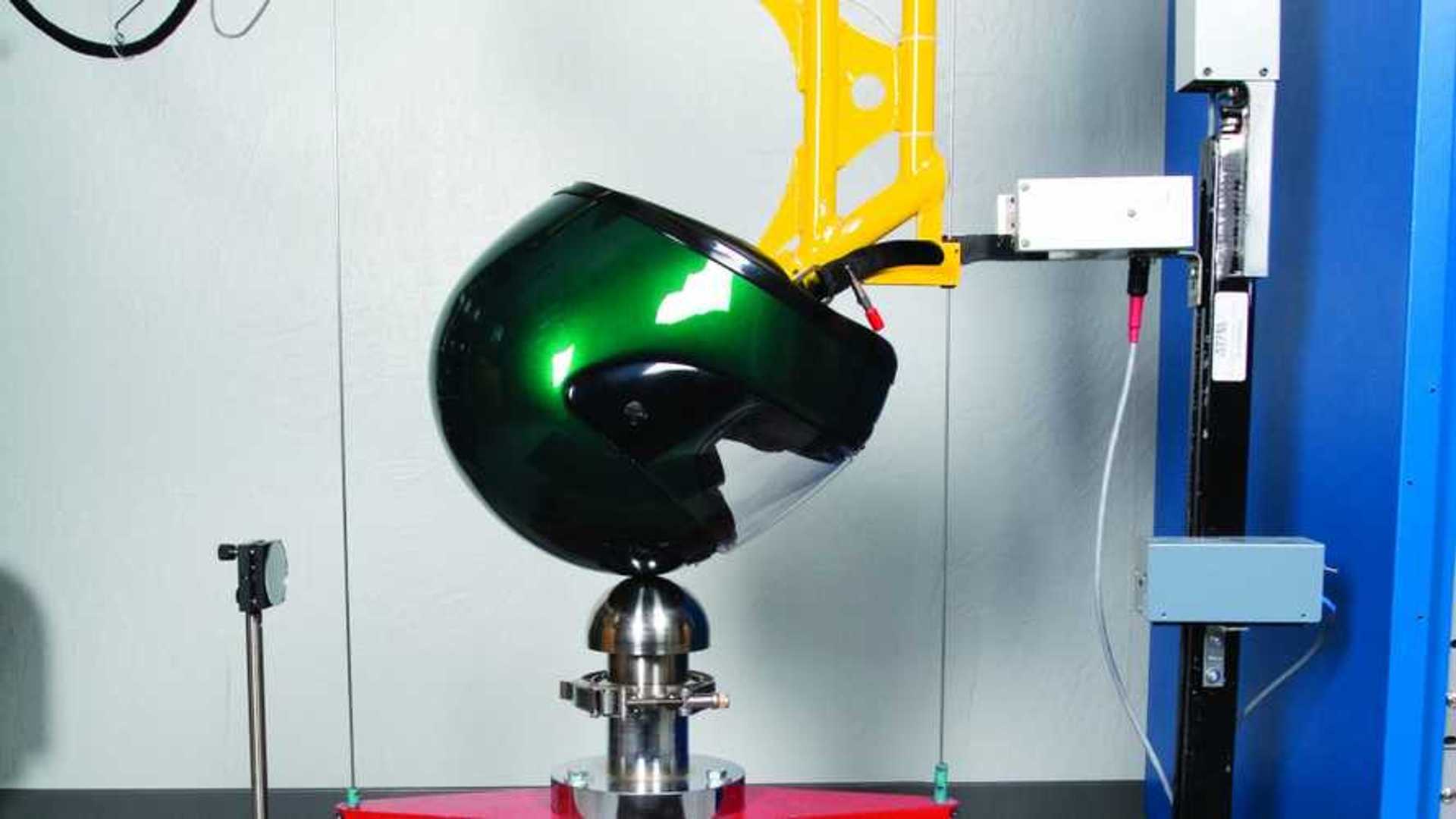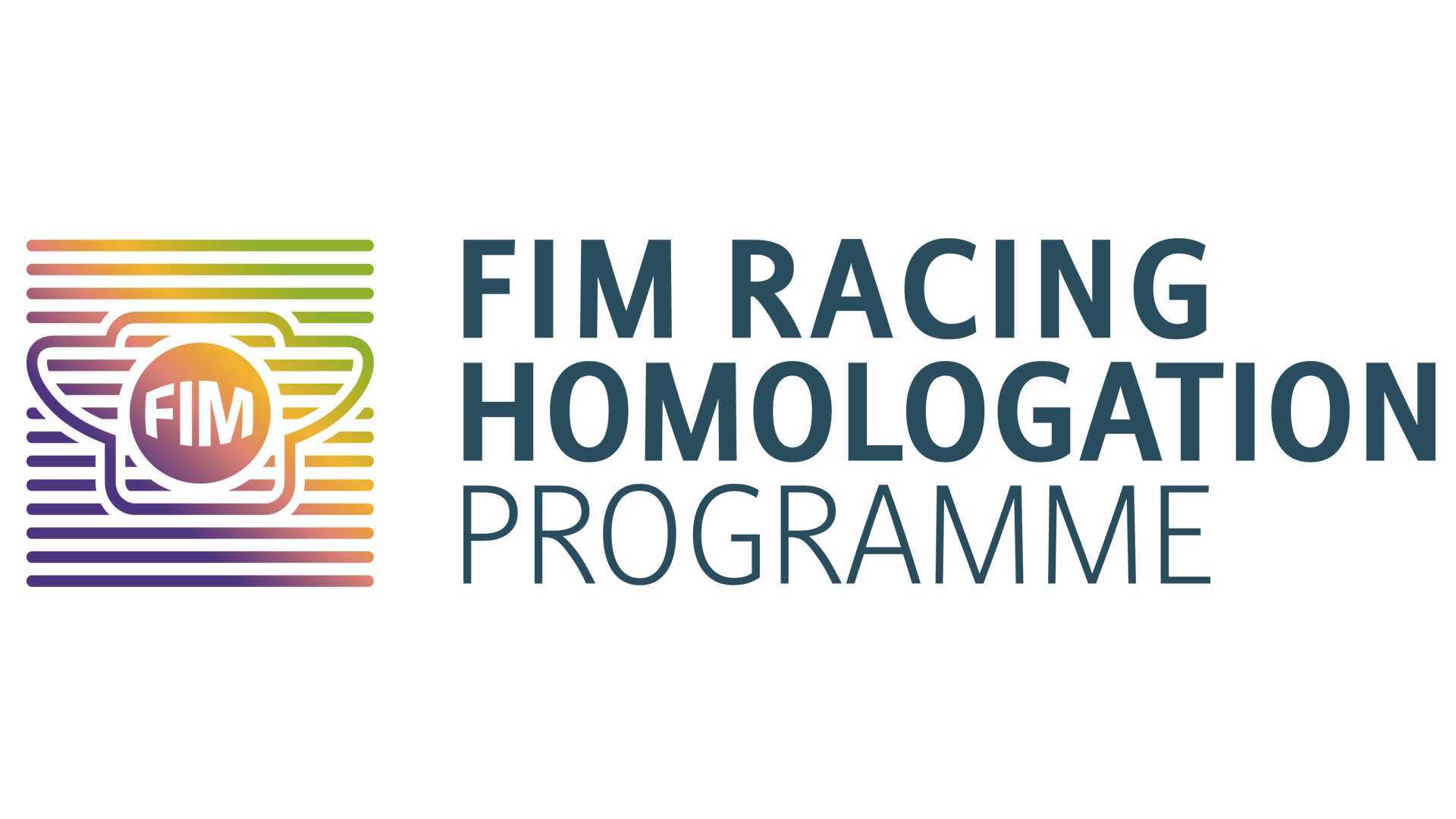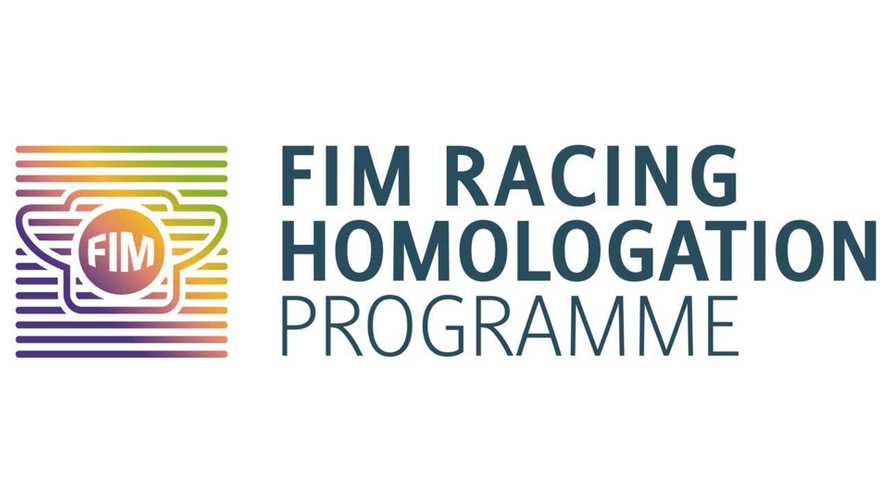Motorcycle Helmet Safety Standards: A Comprehensive Guide
When it comes to ensuring the safety of motorcycle helmets, there are various standards, acronyms, and controversies to consider. Whether you're seeking a deeper understanding of helmet safety or looking to purchase a new one, it's important to familiarize yourself with the recommended standards outlined in this article.
Please note that the recommendations provided are based on current data, findings, and controversies surrounding each standard at the time of publication.
Department of Transportation (DOT) Standard
The DOT standard, also known as Federal Motor Vehicle Safety Standards (FMVSS) No. 218, was first introduced in 1973. This widely used standard makes helmets legal for use in the United States. However, FMVSS 218 is not as comprehensive as other standards. The most recent update to the standard was made in 2013, which included improvements to impact attenuation, penetration resistance, and retention system criteria.
Currently, manufacturers can self-certify their helmets under FMVSS 218, meaning they can test their helmets in-house and obtain DOT certification as long as they meet the minimum requirements. The National Highway Traffic and Safety Administration enforces this standard by randomly testing helmets from manufacturers and imposing fines of up to $5,000 USD per non-compliant helmet. Due to the self-certification process and the testing criteria, DOT has been considered "substandard" compared to other safety standards in the market.
ECE Standards
There are two ECE standards to be aware of: ECE 22.05 (old) and ECE 22.06 (new). ECE 22.06, implemented in 2020, improves upon the previous standard introduced in 2000. Since June 2022, all new helmets entering the market must be tested under the new criteria, and starting from January 2024, any new helmet sold in Europe must be labeled ECE 22.06. This updated standard includes expanded criteria for rotational testing and other improvements in testing methods.
ECE stands for Economic Commission for Europe, and helmets with ECE approval can be worn throughout the European Union and in countries that adhere to the standard. As the largest market for motorcycle helmets, the ECE standard is widely accepted globally. If you frequently travel internationally, an ECE-rated helmet is essential to ensure legal compliance in multiple countries.
Currently, the ECE 22.06 standard is considered one of the safest homologations worldwide. Therefore, choosing a helmet with a 22.06 rating is highly recommended. ECE 22.05-rated helmets are still superior to DOT, but they are outdated, and the industry is transitioning towards producing only ECE 22.06 helmets.
Snell Standard
The Snell standard, established in 1957, was originally developed as a car helmet standard. The Snell Memorial Foundation, responsible for this standard, primarily uses the double-drop test as its main testing method. Snell updates its standard every five years, and the motorcycle-specific label is called "M2020," the most recent series of standards at the time of writing.
However, the Snell standard is not as safe as many people believe, especially for motorcycling. Some manufacturers have to go out of their way to certify their helmets under this "rarer" standard, leading to the misconception that a Snell rating is the best in the business. Controversy has arisen regarding the hardness of Snell-rated helmets compared to other standards like ECE, which require helmets to be softer and better at absorbing impact forces. As a result, ECE and Snell ratings are not typically found on the same helmet. To meet compatibility requirements with ECE and FIM standards, Snell split its M2020 Standard into two, with M2020D adhering to the traditional Snell safety standard and M2020R being a halfway standard compatible with ECE 22.06.
Whether Snell-rated helmets are safer than other standards is a subject of debate. In terms of legality and recognition, Snell helmets are commonly found in the United States and Japan, among other regions. Snell is also recognized for race tracks in the United States, although other standards may also be accepted depending on the rules and regulations of the governing body.
FIM Standard
The Fédération Internationale de Motocyclisme (FIM), also known as the International Motorcycling Federation, has its own standard for use in its events and recognized race tracks. As the governing body for top-level motorcycle racing worldwide, FIM's helmet standard is designed to protect the fastest riders in the world, including those in MotoGP.
The FIM helmet standard was first considered in 2016 to develop the safest standard for motorsports. Phase one of the program was rolled out in 2019, and by 2020, the standard was implemented in all circuit racing disciplines. Phase two, introduced in 2022, sets criteria for off-road helmets used in motocross, enduro, speedway, and cross-country disciplines. The standard covers a wide range of motorcycle-related accidents, including impact, penetration, and rotational testing.
FIM-homologated or FRHPhe-01/FRHPhe-02 helmets undergo extensive and expensive testing, which influences their price. These models are specifically built for the race track or a particular discipline. FIM-homologated helmets are considered some of the most well-built and protective options available, although they may not be affordable for everyone. The debate over whether FIM-homologated helmets are the best and safest choice continues. Currently, they are regarded alongside ECE 22.06 as the premier standards in the motorcycle helmet industry.
SHARP Ratings
SHARP (Safety Helmet Assessment and Rating Programme) ratings are reliable indicators of safety. As an independent testing body, SHARP expands upon other helmet safety standards, including ECE 22.05. SHARP tests helmets based on requests, as it is not possible to test every new helmet entering the UK market. Helmet models are selected using various criteria, such as market information and requests from the trade or public.
SHARP has developed its own standards that surpass DOT, ECE, and FIM tests. The SHARP rating provides a specific star rating out of five for tested helmets, offering consumers a clear understanding of their safety level. SHARP's transparency and continuous improvement of testing methods and standards make it a reliable marker for helmet safety. The next revision of SHARP is scheduled for 2025.
Conclusion
Based on current data, expert opinions, and recent developments, ECE 22.06 and FIM FRHPhe-01/FRHPhe-02 are considered the safest and most up-to-date helmet standards for motorcyclists. SHARP ratings also provide reliable information on helmet safety.
However, it is important to note that DOT/FMVSS 218 is outdated and requires a revamp in its testing methods. The DOT should consider testing helmets instead of relying on self-certification by manufacturers. Additionally, the safety criteria of DOT/FMVSS 218 need further updates to keep up with industry advancements.
While the Snell standard is still recognized in certain regions and locations, its relevance is questionable given current crash data and controversies surrounding the M2020 double standard. The Snell rating may not be as relevant compared to other standards in the industry.
Lastly, SHARP is working towards improving and updating its testing and criteria to align with the industry's push for safer helmets.







